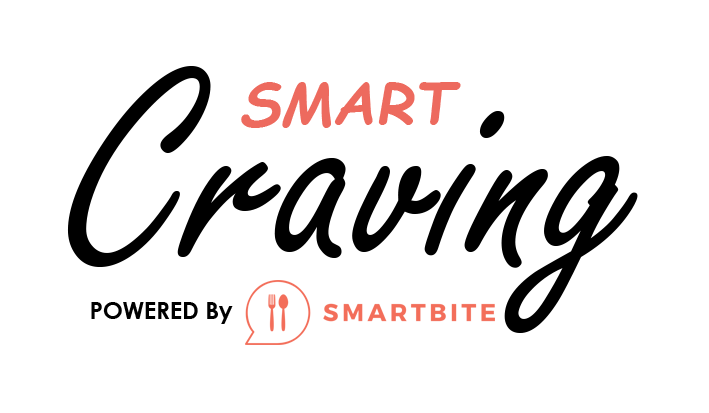Complimentary Lunch at Work Matters to Employees in Southeast Asia
- •
- ~4 min read
- •
The pandemic has significantly transformed the way people perceive work – what they do, who they work for, and the conditions and timings in which they work.
This shift has prompted a new dynamic between employees and employers, as companies grapple with finding the right balance between hybrid, in-person, and remote working arrangements. Amidst the ongoing Great Resignation, some organizations are going above and beyond to entice employees back to the office.
However, grand gestures aren't always necessary to motivate your employees. Sometimes, smaller, consistent initiatives, such as providing lunch at work, can have a more significant impact.
SmartBite, a food delivery service operating in Malaysia, Singapore, and the Philippines, conducted a survey interviewing 1,200 employees to understand the value of catered lunches in the workplace. The findings revealed that not only do employees appreciate complimentary lunches, but they can also influence their decision to work on-site more frequently.
Free Lunch Outshines Other Employee Perks The survey indicated that employees hold the lunch-at-work perk in high regard, with 47% ranking free lunch in their top two work perks, surpassed only by receiving six extra vacation days. One in four respondents deemed free lunch the most crucial perk, surpassing:
- Reimbursement for transportation (18%)
- Weekly happy hours (14%)
- Other reimbursement (12%)
Free Lunch at Work Encourages On-Site Work The survey found that free lunch at work can be a persuasive incentive:
- 27% of employees said they would return to the office full-time if free, catered lunches were available, featuring popular dishes such as Filipino adobo, Singaporean laksa, and Malaysian nasi lemak.
- 24% said they would visit the office 3-4 days a week to enjoy the benefits of complimentary meals.
- 18% were willing to commute to the office for lunch 1-2 days a week.
- 70% of respondents were willing to plan their in-person office visits based on whether or not complimentary catered lunch was being offered that day.
The appeal of free lunch is strong enough to lower employee resistance to returning to an in-person working situation.
The Impact of "Lunch-flation" Free lunch at the office becomes even more attractive considering the rising food costs, or "lunch-flation." 55% of survey respondents spend $12 or more per lunch when they buy lunch out, making free lunch at the office a significant cost-saving opportunity.
Younger generations, who are less likely to bring lunch from home and more likely to outspend their older counterparts when eating out, are among the most affected:
- Only 8% of Gen Z bring lunch from home
- 76% of Gen Z and 72% of Millennials buy lunch at least 2 times a week, more so than their older co-workers (Boomers (40%), Gen X (54%))
Younger Generations Are Particularly Motivated By Free Employee Lunch Although only 1 in 4 Gen Z (25%) and Millennials (30%) take a lunch break 5 days a week, they are more motivated by lunch at work than their older counterparts:
- 90% of Gen Z said they’d work onsite "more frequently," followed by 78% of Millennials, 60% of Gen X, and Boomers in last at 55%.
This information is crucial as Gen Z will dominate the workforce by 2030. Forward-thinking employers should enhance their food-at-work offerings to capitalize on the value employees place on lunch benefits.
Lunch: The Meal That Can Reunite Employees The pandemic has undeniably disrupted work routines, and many experts
agree that the ongoing Great Resignation reflects the significant changes in the workforce. However, it's often the little things that can make the biggest difference.
As companies in Southeast Asia, like those in Malaysia, Singapore, and the Philippines, strive to adapt to the new normal, providing lunch at work featuring popular local dishes can be a valuable tool in an employer’s back-to-the-office toolkit. Offering favorites such as Filipino adobo, Singaporean laksa, and Malaysian nasi lemak can not only satisfy employees' appetites but also create a sense of cultural connection and belonging.
A MetLife report on the rise of the "whole employee" highlighted that the power dynamics between employees and employers have shifted. Employee loyalty has declined almost a full 10 percentage points since the beginning of the pandemic. In response, employers must get creative in meeting employees where they are to boost job satisfaction.
By providing lunch at work that showcases local flavors, employers can create a welcoming environment that encourages employees to return to the office and foster a sense of community. Through these small, consistent gestures, organizations can gradually rebuild the bonds between colleagues and demonstrate their commitment to employee well-being.
